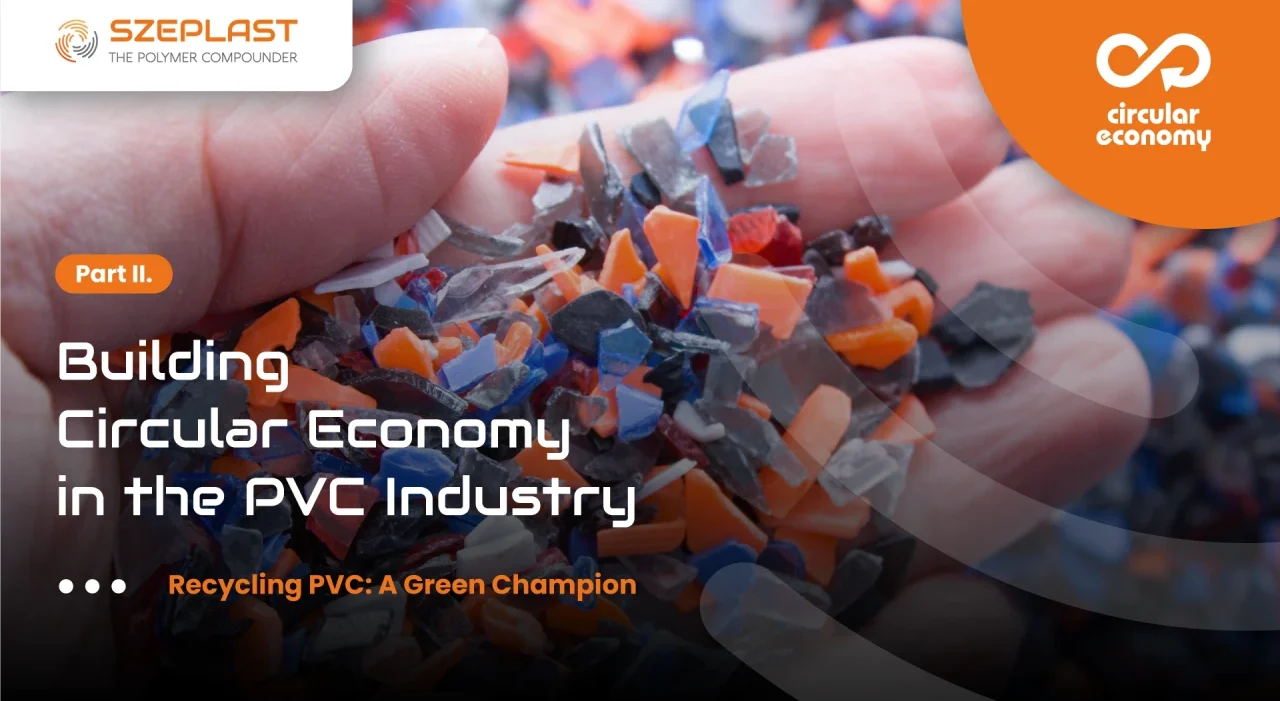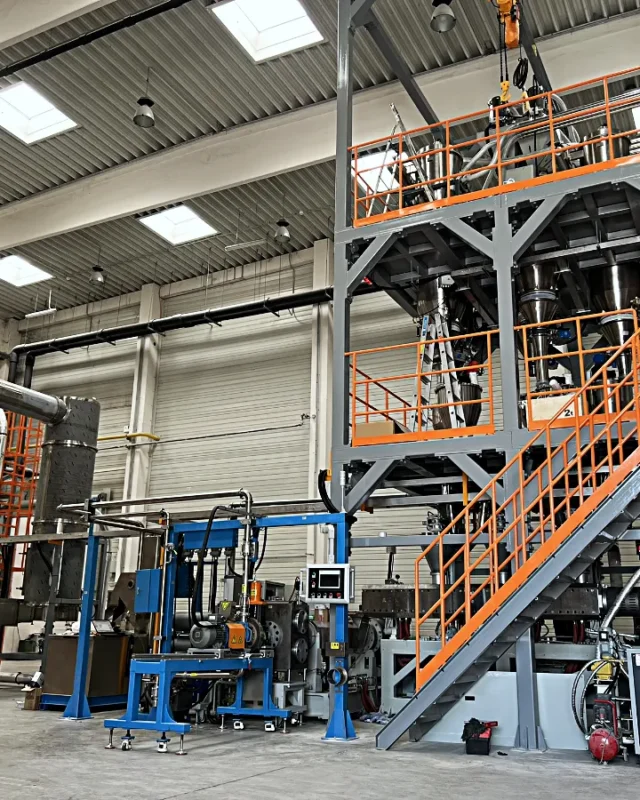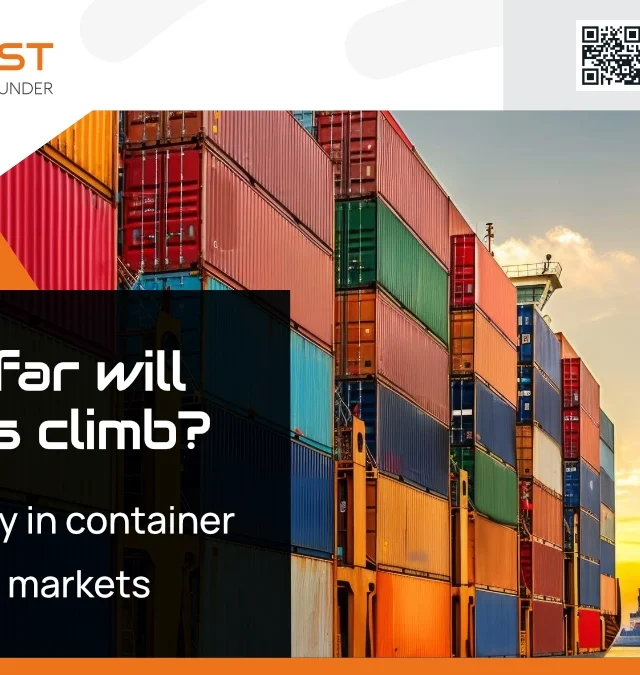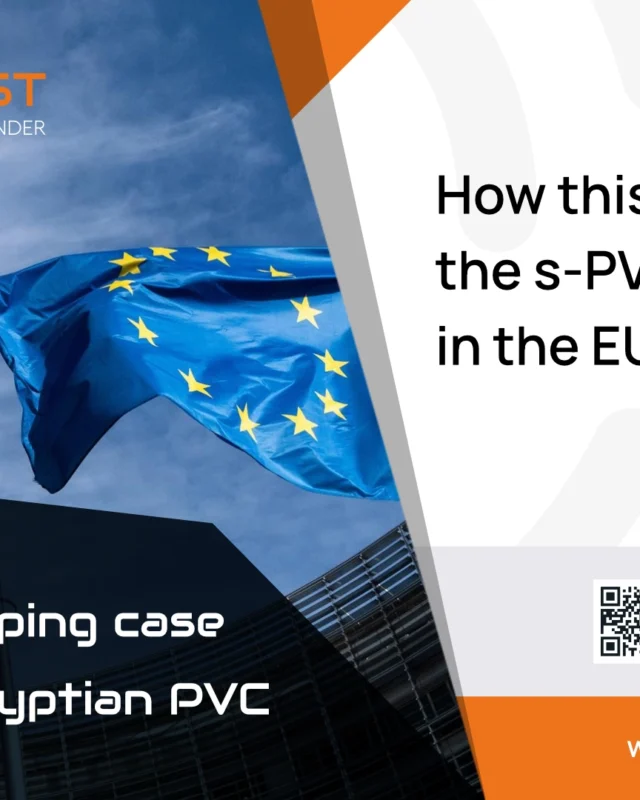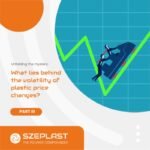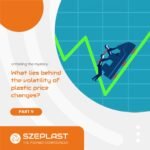Welcome back to our exploration of PVC and its role in a circular economy. In this part, we’ll delve into the incredible benefits of recycling PVC, highlighting why it’s a crucial player in sustainable practices.
Recycling PVC brings a multitude of benefits to the table:
- Long Recycling History: PVC boasts the longest history of recycling among all plastics. This extended track record underscores its suitability for recycling.
- Advanced Mechanical Recycling: PVC has advanced mechanical recycling systems in place. This ensures that the recycling process is efficient and effective.
- Abundant Recyclable Waste: Large volumes of recyclable PVC waste are readily available. This abundance provides ample material for recycling efforts.
- Resource Efficiency: Using recycled PVC aligns with resource-efficiency goals and allows for the preservation of vital raw materials. This is a critical step in ensuring sustainability.
- Emission and Landfill Reduction: One of the standout advantages of recycling PVC is its contribution to reducing emissions and lowering landfill requirements. It’s an eco-friendly choice that makes a substantial impact.
Impressive Savings with Recycled PVC
When we look at the figures, the advantages of using recycled PVC become crystal clear. For instance, manufacturing window profiles with 70% recycled PVC, as opposed to all new PVC, results in remarkable savings:
- Energy Efficiency: Up to 50% less energy consumption.
- Air Emissions: Over 60% reduction in air emissions.
- Water Emissions: More than 60% decrease in water emissions.
Additionally, PVC’s thermoplastic nature allows for repeated recycling without a significant loss of performance. This makes PVC a sustainable and cost-effective choice for various applications.
Repeatable Recycling: PVC can undergo multiple recycling cycles, depending on the application. Unlike some materials, the recycling process doesn’t measurably decrease the chain length of PVC molecules. This has been confirmed through rigorous testing, such as those performed on PVC pipes.
Most of the recycled PVC is sourced from window profiles and other building-related products. Pipes and fittings, cables, and flexible PVC applications, including roofing and waterproof membranes, flooring, and coated fabrics, also make significant contributions to PVC recycling efforts.
As we continue our journey towards a circular economy, the significance of recycling PVC cannot be overstated. Its exceptional suitability for recycling, coupled with impressive savings and reduced environmental impact, positions PVC as a powerful ally in our mission for a more sustainable and environmentally conscious future. ♻️🌍
Source: VinylPlus: PVC recycling technologies

